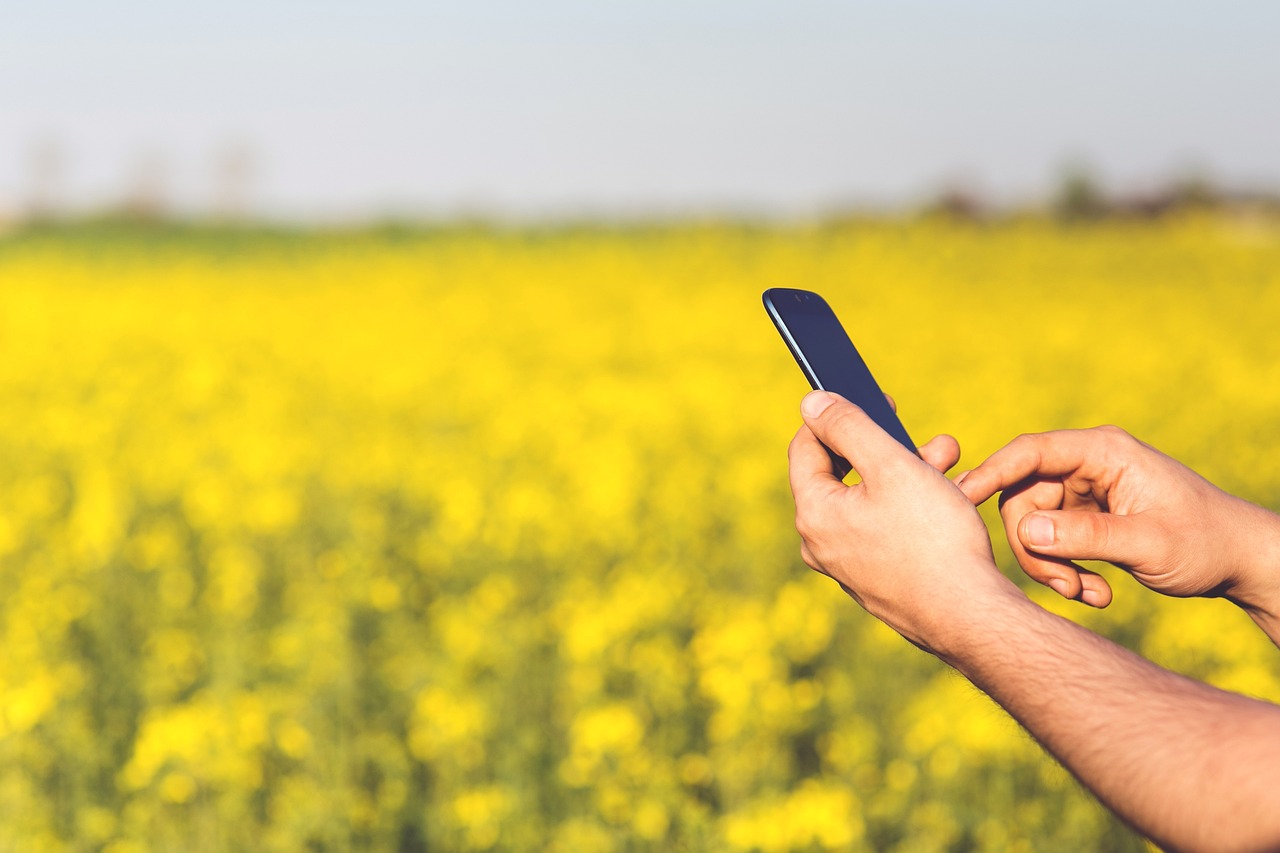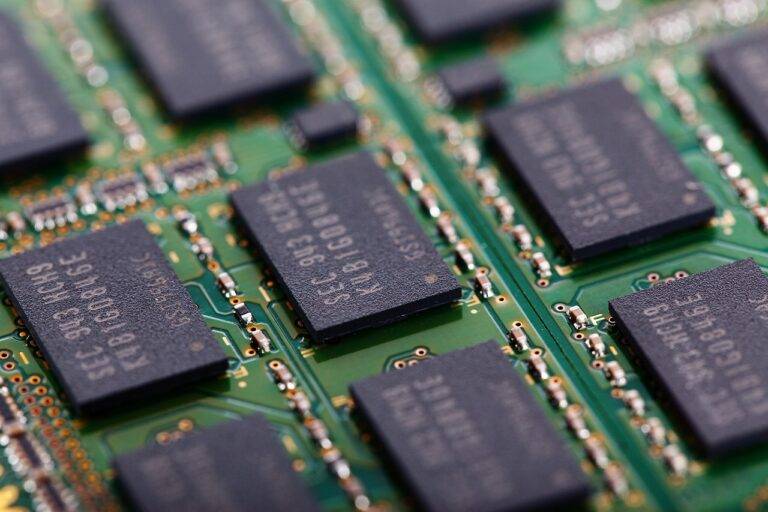Exploring Quantum Computing in Precision Agriculture
Traditional agricultural practices face numerous challenges in today’s modern world. One significant obstacle is the increasing pressure on farmers to meet the growing demand for food while also safeguarding the environment. This dilemma often forces farmers to choose between maximizing crop yields using conventional methods or adopting more sustainable practices that may result in lower productivity.
Moreover, limited access to technology and resources further exacerbates the challenges faced by traditional agricultural practices. In many regions, small-scale farmers lack the necessary tools and knowledge to implement advanced farming techniques, leading to decreased efficiency and profitability. Additionally, unpredictable weather patterns and climate change pose additional hurdles for traditional farmers, making it difficult for them to plan and adapt their practices accordingly.
The Potential of Quantum Computing in Agriculture
Quantum computing has emerged as a groundbreaking technology with the potential to revolutionize various industries, including agriculture. In the realm of farming and cultivation, this cutting-edge computational approach offers the promise of solving complex problems that traditional computers struggle to handle efficiently. With its ability to process vast amounts of data and perform intricate calculations at an exponential speed, quantum computing holds the key to unlocking new insights and solutions in enhancing crop production, optimizing resource allocation, and mitigating environmental impacts.
One of the most significant advantages of quantum computing in agriculture lies in its capacity to analyze and optimize crop growth conditions with unparalleled precision. By leveraging quantum algorithms and computational power, farmers and researchers can simulate different scenarios, predict crop yields, and tailor cultivation strategies to maximize productivity. This level of predictive modeling and customization can lead to more sustainable agricultural practices, minimize waste, and ultimately contribute to ensuring food security for a growing global population.
Data Collection and Analysis in Precision Agriculture
Precision agriculture relies heavily on advanced data collection techniques to gather information on various aspects of farms including soil conditions, crop health, and weather patterns. Through the use of sensors, drones, and satellite imaging, farmers can collect real-time data to make informed decisions about their agricultural practices. This data-driven approach allows for precise applications of pesticides, fertilizers, and irrigation, leading to increased efficiency and reduced waste in farming operations.
Once data is collected, sophisticated analysis tools are employed to process and interpret the information gathered from the field. By utilizing technologies such as machine learning and artificial intelligence, farmers can extract valuable insights from these data sets to optimize their farming strategies. This enables them to make proactive decisions, anticipate potential challenges, and ultimately improve the overall productivity and sustainability of their farms.
What are some challenges with traditional agricultural practices?
Some challenges with traditional agricultural practices include lack of precision in input application, inefficient use of resources, and difficulty in monitoring crop health and growth.
How can quantum computing potentially benefit the field of agriculture?
Quantum computing has the potential to revolutionize agriculture by enabling faster and more complex data analysis, leading to improved decision-making processes and increased efficiency in farming practices.
What is precision agriculture and how does it involve data collection and analysis?
Precision agriculture involves using data collection and analysis technologies to optimize farming practices, such as monitoring crop health, assessing soil conditions, and implementing precise input applications based on real-time data.
What are some common methods of data collection in precision agriculture?
Common methods of data collection in precision agriculture include GPS technology, drones, sensors, and satellite imagery, which provide valuable information on crop health, soil moisture levels, and weather conditions.
How does data analysis play a crucial role in precision agriculture?
Data analysis in precision agriculture helps farmers make informed decisions based on real-time information, leading to increased productivity, reduced costs, and improved environmental sustainability in farming operations.






